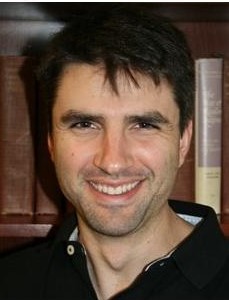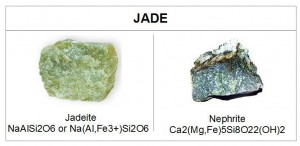Continuing from Religious Credence is Not Factual Belief: 1

In the previous post we saw the three core features of factual beliefs as understood by Neil Van Leeuwen; we also saw that religious “beliefs” or credence do not share any of these characteristics of factual beliefs.
Van Leeuwen distinguishes factual belief from what he terms secondary cognitive attitudes — that is, factual belief has different characteristics from fictional imagining, hypothesis, assuming for sake of an argument, and so forth. Among these secondary cognitive attitudes he places religious credence. But religious credence is different again from these other secondary attitudes because of three characteristics. In this post we identify those three distinguishing properties.
But before continuing, however, I’ll jump to Van Leeuwen’s conclusion where he explains how religious credence and factual belief relate to one another in the mind of the religious person:
An agent’s religious credences comprise a map she uses for short- and long-term orientation in life. The map is colored with features that are taken to have normative force in virtue of their being part of the map at all; the colors represent sacred, sinful, eternal, righteous, holy, and the like. The map, in more or less detail, is determined by the dictates of individuals who are taken as special authorities in the community of the agent. But the agent herself also freely elaborates on the credence map in ways she finds useful for normative orientation. The map colors the authorities as holy. Other individuals in the community are painted as faithful. This map doesn’t just represent normative properties, however; it also represents objects, people, places, events, and supernatural beings that make the normative properties memorable or salient.
But the agent is always using another map: factual belief. This map comes to be in a different way from the religious credence map. It is generated chiefly by perception and rational expansion thereon. It helps us avoid falling in ditches and eating poisonous berries. The religious credence map lies on top of the factual map like a colored transparency, so that the objects, events, people, and places in the factual map can also appear religiously colored. Thus, only by careful scrutiny do we see the two maps are distinct. (My bolding)
So that’s how Van Leeuwen sees the two types of cognitive attitudes co-existing. Now to those points that make religious credence a stand-alone. Continue reading “Religious Credence is Not Factual Belief: 2″




